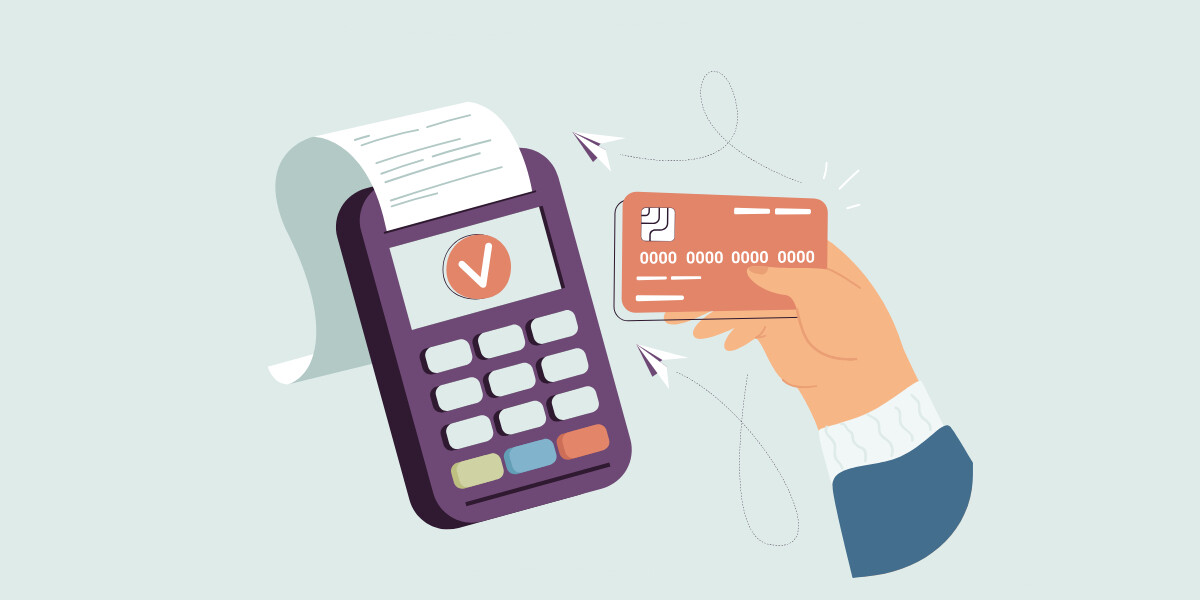
What’s The Biggest Mistake eCommerce Stores Make In The Checkout?
I’ve never walked into a retail store, taken items to the cashier, and then left them there and walked out. Not once.
The funny thing is that this happens all the time online. I do it, you do it, and the people who shop on your store do it. Studies show that at least 70% of shoppers on your store add items to their cart and then abandon it during the checkout.
You know the sad part? Many of them are leaving because of mistakes you make.
That’s right! When you set up your online store, you’re making mistakes that are ruining your checkout. The result, cart abandonment.
We reached out to some design experts to find out what mistakes they see eCommerce stores making. Here are just a few.
Making Customers Work
A good checkout page will guide customers through the process and gather information quickly and accurately, then send them on their way. In addition, checkout buttons should stand out, and be placed in an area that is easy to access. You do not want to make your customer work to check out of your store. Make the checkout process easy, and your customers will thank you for it with future loyalty.
Distractions
A common UX mistake made in the checkout process of eCommerce sites is to present the user with any options other than checkout. In the finicky online world, the more options a user has the more likely they are to select one of them and not complete the sale. Eliminating all site elements, sidebars, featured boxes, even the main navigation if possible, is your best bet.
Complications
Keep it simple. The checkout page has a high probability of abandonment, so focus on the necessities; cart items with a clear total, testing autofill from user browsers and consistent design. Whatever you do, don’t overcomplicate this page, it will lead to confusion, even more complexity for the mobile version and opt-outs. This page has the ability to improve effect your sales, so if you have a sense your drop off rate is high at checkout, simplify it and re-test for a month.
Not Mobile-Friendly
If I have to focus on one huge design problem we see often, it’s this: Make sure your checkout is mobile friendly! With the increasing trend of shoppers going mobile, a checkout that’s too long, too complex, too slow or too confusing for small screens will drop your conversion rate. Make sure smartphone and tablet users have it easy to go through the steps with clear calls to actions, good design, and great copy. There are many other things that affect the experience during a checkout process so don’t forget to test-drive changes and keep a close eye on how they affect your conversion and always look for customer feedback.
Not Building Trust
I would say the “Biggest” is providing the trust and good feeling that should come with a checkout as this encompasses more than just one element. In order to get that warm feeling for most stores that have pulled in people from random traffic sources, you need to make sure they know that their best interests are at the heart of the company (AKA – they will get their product – period. That they will get it on time, and that they will be charged the amount it says they will).
People are more comfortable than ever with shopping online being a fairly secure event, but there are still fears. Those fears can be dealt with easily by providing some reminders on your return policy, your shipping policies and using trust seals or anything that can verify you are not a shady character. For the most part, that is the easier one to satisfy as it only takes a bit of effort to put in badges and seals and some reminders of your core values as a business.
The harder part is to provide trust through an elegant professional design. If the checkout looks poor on mobile or in desktop, it has broken design elements or things missing or illegible, these are all indications to a customer that there is a very good chance they might be your first customer. Your store (and checkout) needs to look and feel the same way any brick and mortar would want to look. Just as you would want a storefront to be appealing and well put together, so should your checkout especially – as this is the point where your shopper has decided to make the transition to being a customer.
Imagine, would you leave a chair or crumpled carpet in front of your cash register so someone could trip on it? No, so just the same if people get tripped up in the checkout process, don’t expect them to stick around. Building that trust is optimal with your storefront but even more so with the checkout!

